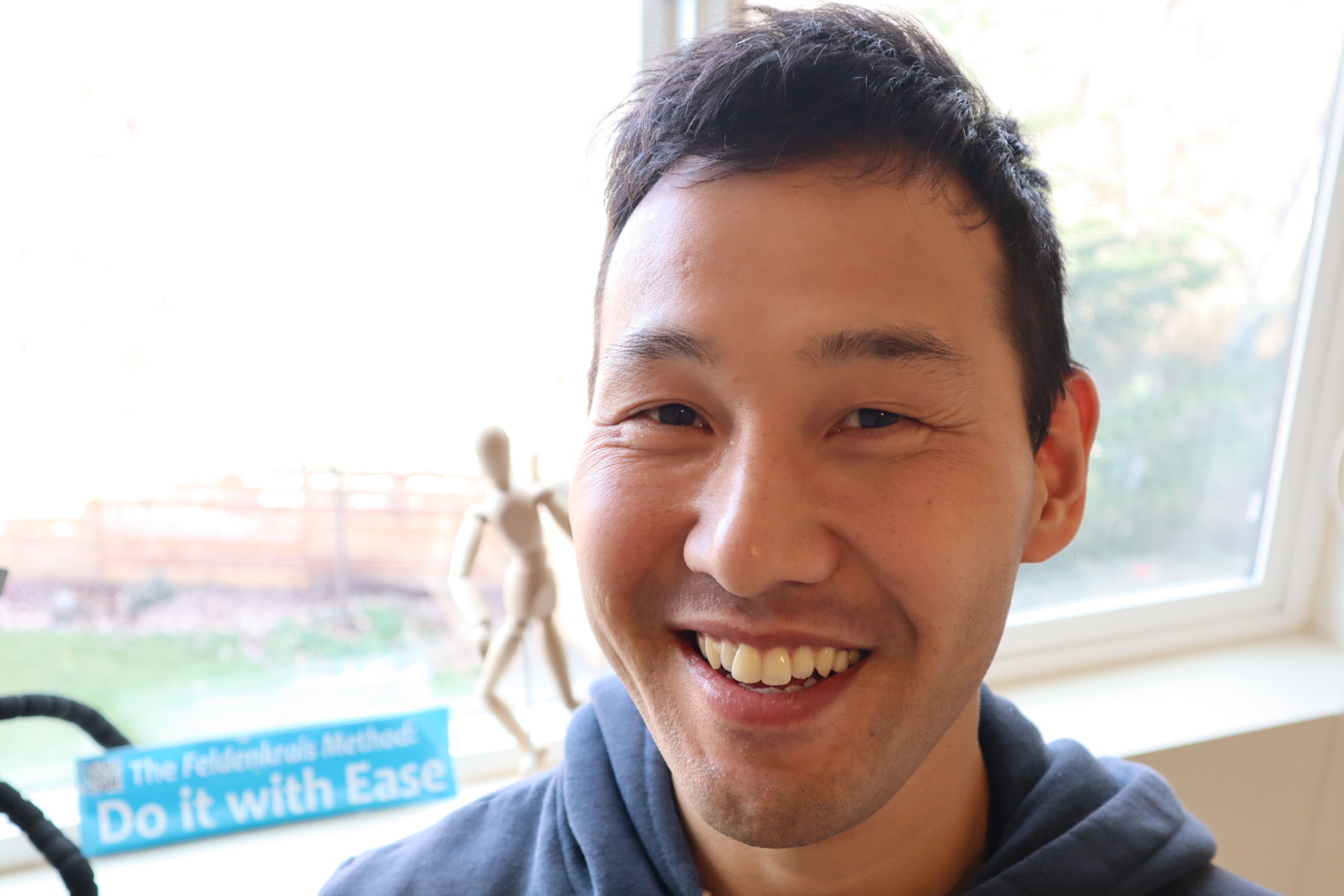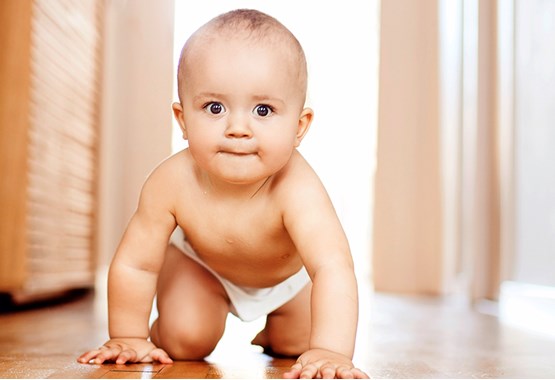Learning to become more comfortable being uncomfortable with changes
/Our natural tendency is to seek familiarity and what we know well because that's comforting and assuring.
This becomes obvious when our physical conditions change (injuries, illness, aging, etc). We look for our best physical state prior to the current state influenced by injuries, illness, and/or aging). We fixate on the past image of ourselves.
Truth is that we are changing every moment and so is the environment and our relationship to others and the environment. So there is no such thing as going back to the past state. This is very important to realize because if you don't, you will keep looking for the "ideal state" that doesn't exit forever, and you will continue to feel pain.
What we don't very often do is that we seek new connections, relationships from the current state. This sounds vague and abstract without tangible experience, so I will make it more concrete.
In Feldenkrais movement class, we pay attention to our bodies and movement in detail, probably things you have never paid attention to before. For example, we pay attention to a particular rib during movements and notice how that rib relates to sternum, the spine, and how the movement of the rib affects the sternum, and the spine. By noticing and sensing these new connections and relationships, you sense your body and movement in a very different way, often in a more pleasant and comfortable way. Now you have discovered a new relationship/connection with your body and yourself, and that is more pleasant and comfortable.
While you cannot go back to the past, or return to the "normal", you can create new connections that can bring more joy and excitement into you if you allow yourself to seek new and unfamiliar. This applies to all of us now in this pandemic because there is no such thing as returning to the "normal". We are always changing, and so is the environment and relationships.
Sign up for my newsletter to receive mindful movement videos twice monthly in your inbox and start to create new connections to your body!









